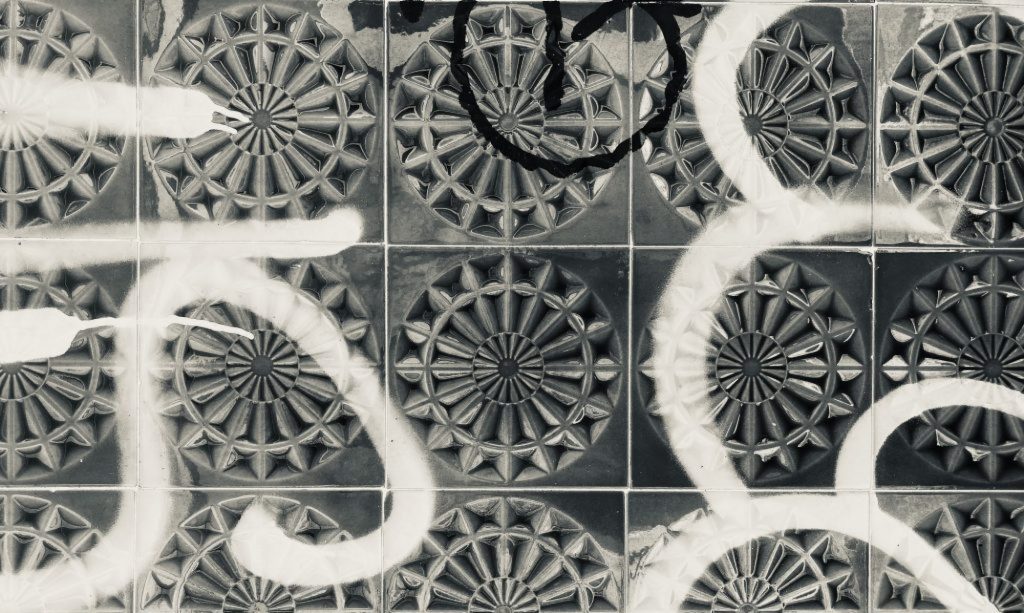“Diversity is different” (Sadiq, 2023), at both micro and macro levels. Yet, reductive approaches, particularly those seen in diversity training, undermine the richness and complexity of individual experiences. When diversity training classifies and lumps people into broad categories, it paradoxically becomes less diverse, failing to meet its own objectives. Sadiq’s critique touches on familiar tensions. One of the most salient is the way diversity work often undermines itself by homogenising experience and identity. He recalls being asked to speak on behalf of “Muslim views,” pointing out the impossibility of representing a global faith community through a single voice.
The point is broader. Institutional equity frameworks often flatten difference into categories such as “BAME,” “LGBTQ+,” “Muslim,” or “neurodiverse.” While these may help quantify representation, they risk perpetuating intersectional blind spots (Crenshaw, 1991). The danger lies in a bureaucratised inclusion that erases the very diversity it seeks to celebrate. This recalls Kwame Anthony Appiah’s (2014) provocation that “religion does not exist,” at least not in any essentialised sense, since one’s relationship to religion is shaped by intersecting internal and external forces across micro, meso, and macro contexts. In this light, diversity training should aim to teach vulnerability and cultivate psychological safety, enabling people to have difficult, nuanced conversations without fear of saying the “wrong” thing. It should also build cognitive empathy, recognising that broad identity categories obscure the richness of each person’s lived experience.
As a Stage Leader and Lecturer, I have seen how such flattening plays out. ISA provisions, for example, offer essential support such as extended deadlines or adjusted assessments. However, they often rely on generalised templates. These are rarely based on students’ actual experiences, but instead on standardised assumptions about neurodiverse needs. As Sadiq (2023) notes when describing his son’s ADHD diagnosis, what helps is not the label but a responsive, localised pedagogy that adjusts the mode and pace of learning. In practice (and in my case), delivering bespoke education to a large fraction of the 100 final-year students presents a logistical challenge. So, although we aim for inclusivity, the structures we rely on, including the ISA process, often reinforce standardised models of access.
Bradbury’s (2020) work on Critical Race Theory and education policy offers a sobering lens here. She outlines how policy discourse, even when intended as supportive, can reproduce deficit thinking. The language of “urban disadvantage” or “bilingual challenge,” for example, positions students as problems to be managed rather than complex learners to be understood. Drawing on Foucault’s concept of “regimes of truth,” Bradbury shows how identities and “deficits” become normalised through the data demands of institutional systems. I wrestle with this tension. In order to support students equitably, we need data to track disparities and justify resource allocation. But in doing so, we risk reinforcing the very marginalisations we seek to dismantle.
This issue is not theoretical. It shapes how we scaffold learning and how students imagine their futures. Garrett’s (2024) work on racialised minority PhDs shows how “imaginations are affected by whiteness in institutions,” influencing not just students’ experience of academia, but their sense of belonging within it. Participants in Garrett’s study describe lacking role models, experiencing hypervisibility, and being tokenised as symbols of diversity. These findings echo Sadiq’s (2023) reflection. If students cannot see themselves represented in leadership, curriculum, or institutional culture, how can they imagine themselves thriving?
Finally, the critique offered by Orr (2022) in The Telegraph frames the diversity work of Advance HE as ideological overreach. His concern – that inclusive and CRT agendas compromise free speech – presents these efforts as a threat to neutrality. Yet this framing is revealing of his positionality and biases as an academic member of Cambridge. He, perhaps in recalcitrant defence of his professional environment, assumes that institutional norms are neutral until disrupted by equity initiatives. In fact, as Critical Race Theory and anti-racist scholars argue, those norms are already racialised and classed. As Kendi (2019) asserts, the goal of anti-racism is not to declare “I’m not racist,” but to ask whether our actions, policies, and pedagogies support or challenge racial inequality. “Not being racist” is a passive stance. Anti-racism, by contrast, demands active, ongoing engagement, including the discomfort of unlearning.
The risk, ultimately, is box-ticking. Sadiq warns that without critical reflection on how and why we intervene, we create bureaucracy rather than transformation. Anti-racism in education must go beyond slogans, data dashboards, and tokenistic representation. It requires a deeper reckoning with how our own practices, policies, and imaginaries are shaped by racialised assumptions, and how we might begin to unlearn them.
Bibliography
Appiah, K. A. (2014) Is religion good or bad? (This is a trick question). Youtube [Online]. 16 JuneAvailable at: https://www.bbc.co.uk/programmes/b06ptlxw (Accessed: 11 July 2025).
Bradbury, A. (2020) ‘A critical race theory framework for education policy analysis: The case of bilingual learners and assessment policy in England’, Race Ethnicity and Education, 23(2), pp. 241–260. https://doi.org/10.1080/13613324.2019.1679753
Crenshaw, K. (1991) ‘Mapping the margins: Intersectionality, identity politics, and violence against women of color’, Stanford Law Review, 43(6), pp. 1241–1299.
Garrett, R. (2024) ‘Racism shapes careers: Career trajectories and imagined futures of racialised minority PhDs in UK higher education’, Globalisation, Societies and Education, pp. 1–15. https://doi.org/10.1080/14767724.2024.2336589
Kendi, I.X. (2019) How to Be an Antiracist. London: The Bodley Head.
Orr, J. (2022) Revealed: The charity turning UK universities woke. YouTube, 5 August. Available at: https://www.youtube.com/watch?v=FRM6vOPTjuU (Accessed: 11 July 2025).
Sadiq, A. (2023) Diversity, Equity & Inclusion: Learning how to get it right. TEDx, YouTube, 2 March. Available at: https://www.youtube.com/watch?v=HR4wz1b54hw (Accessed: 11 July 2025).
